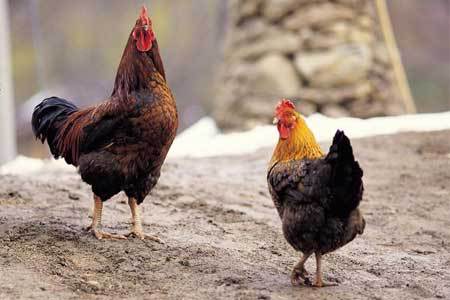Confined or free range?

When reviewing the innovations to be expected at this year’s VIV Europe, it is good to see that, in spite of the economic depression they continue to suffer, poultry industry suppliers still believe in the future.
Most of the new products and services represent improvements of existing equipment or services, but there are also some real innovations. These innovations are either related to improved efficiency or to meeting demands for better food safety and animal welfare.
This may hardly be surprising, but when we think about improved animal welfare, people from inside and outside the poultry still have different opinions about what is or is not good for a bird’s wellbeing.
A recent study by the Dutch ProFarmers group into various production systems for table eggs showed that hens kept in cages have the best survival rate, the lowest feed conversion and produce more eggs than most of the alternative housing systems.
These results, gathered from more than 800,000 birds born in 2005, may not be 100% statistically valid, but they show once again that birds kept in confined systems do not seem to perform better than those kept in free-range systems.
So the question arises again: are the things that human beings think are good welfare for chickens the same things that chickens actually like?
The increasing number of avian influenza cases around the world show regular links with backyard or free-range farming. This puts the consumer demand for better bird welfare, often translated into free-range keeping, into a different spotlight.
It would be wise for those who pull the strings in this matter to rethink where the poultry industry should head. Several companies present at VIV Europe (that may not comply with European politicians’ preferences on the traditional way of considering animal welfare) surely meet the requirements for food safety, animal wellbeing and disease prevention.
And that could be more important than satisfying human emotions.












